Rockwell B-1B Lancer Heavy Bomber
November 2nd, 2024
7 minute read
In the aftermath of 9/11, Uncle Sam unlimbered most everything he had. Tanks, warplanes, helicopters, fighting ships and countless thousands of combat troops all deployed to the Middle East with the express mandate to kill terrorists. The end result was a decades-long fight that continues to this day.
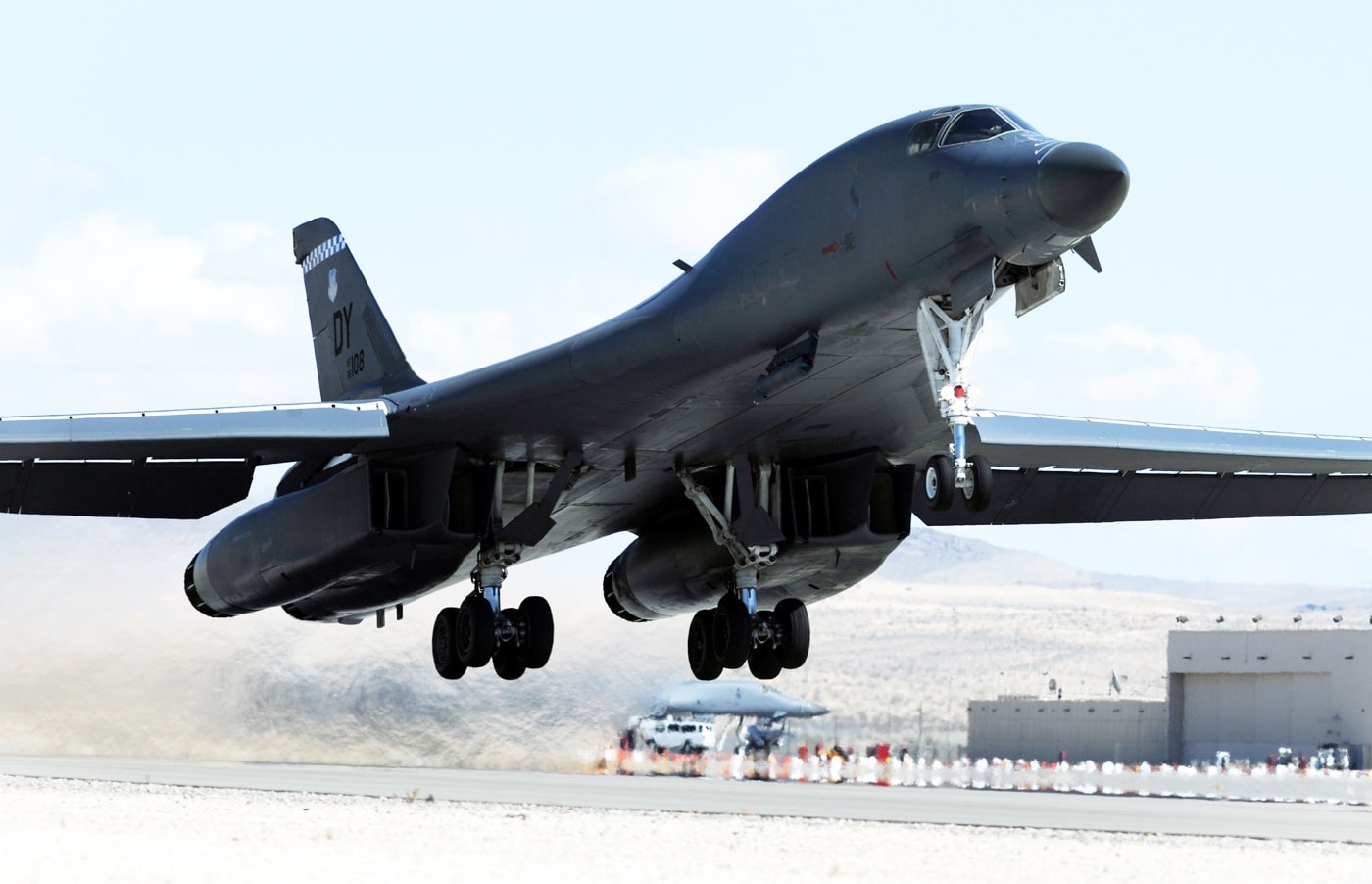
Coalition troops dug Taliban, al-Qaeda and ISIS fighters out of their holes and caves by any means necessary. Sometimes, that meant going in on foot in the dark with night vision systems and small arms. However, the universally preferred technique was to just blow the living bejeebers out of these maniacs via overwhelming airpower.
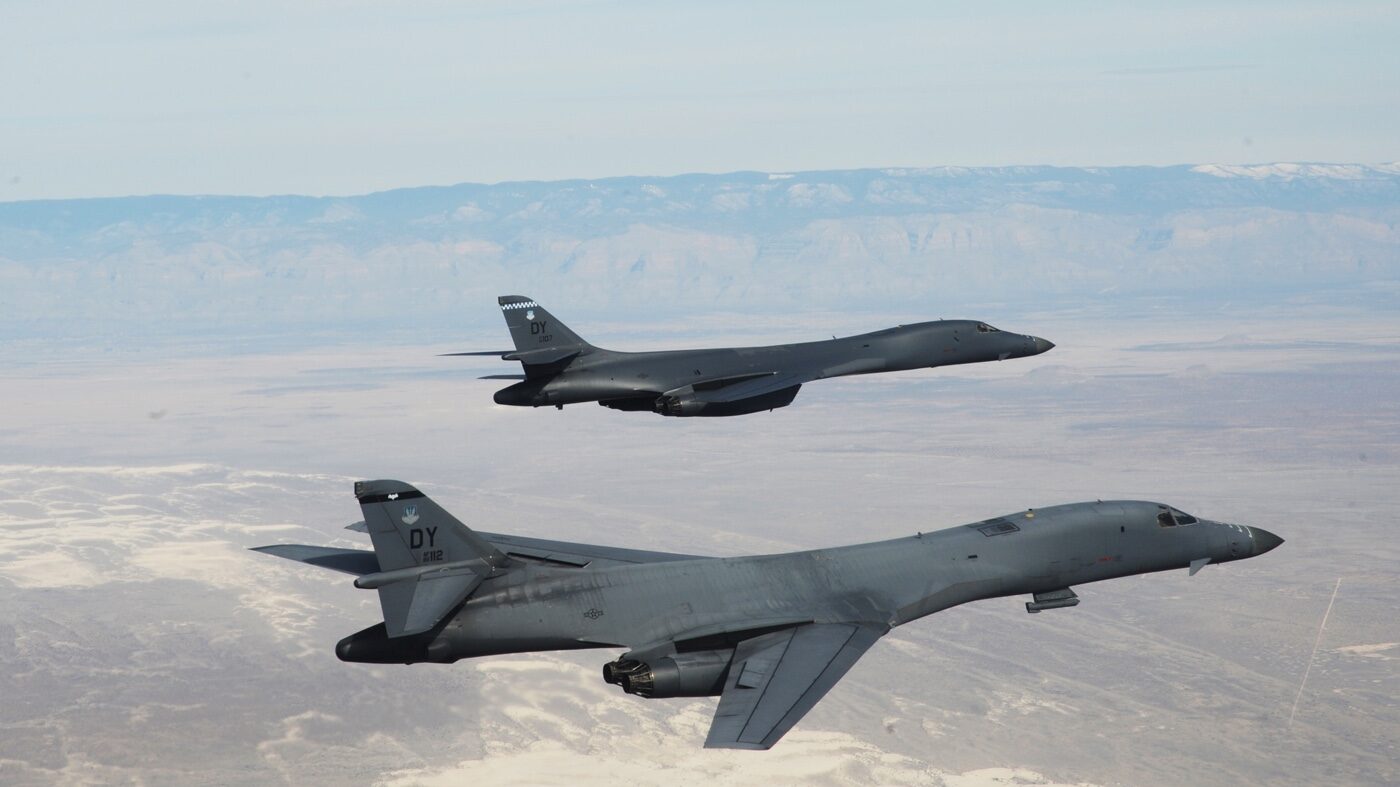
AC-130 gunships, AH-64 Apache attack helicopters and strike fighters like the F/A-18 Hornet, F-15E Strike Eagle, and F-16 Viper contributed to the chaos. Throughout it all, however, the most desirable close air support platform was not really designed for close air support at all. The B-1B strategic bomber was originally crafted for deep penetration nuclear attacks into the heart of Russia. However, when loaded to the gills with JDAMs GPS-guided bombs, the B-1’s massive payload and lyrically long loiter time made it a grunt’s dream. In military parlance, the B-1 is universally referred to as the “Bone.” That’s an obvious contraction of the designation, “B-One.”
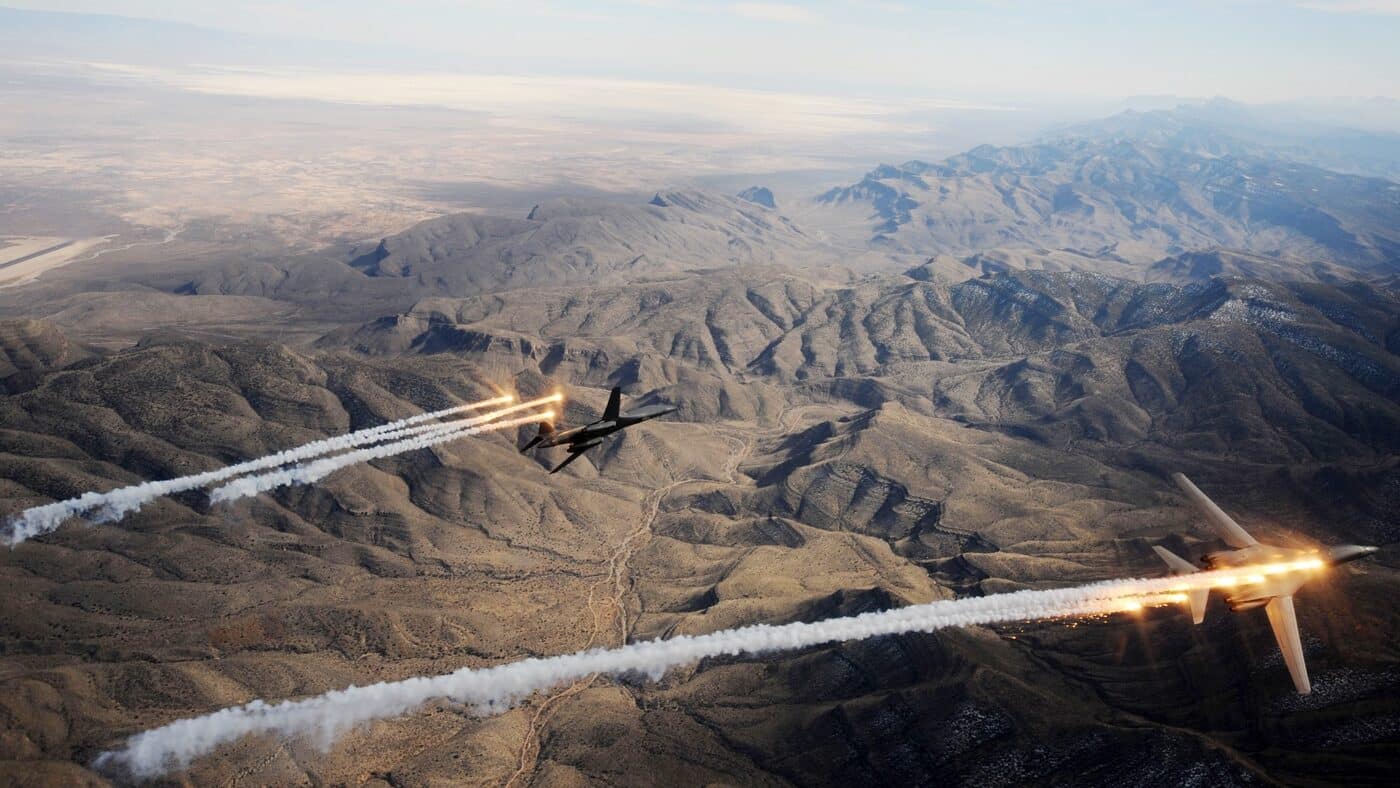
Origin Story
The Rockwell B-1 Lancer was first imagined in the 1960’s as a strategic deep penetration nuclear attack platform. Sporting variable-geometry wings and four powerful turbofan engines, the original B-1A was intentionally fast. At high altitudes, this plane could cruise at Mach 2.2. The original plan was for the B-1A to replace both the B-58 Hustler and the B-52 Stratofortress.
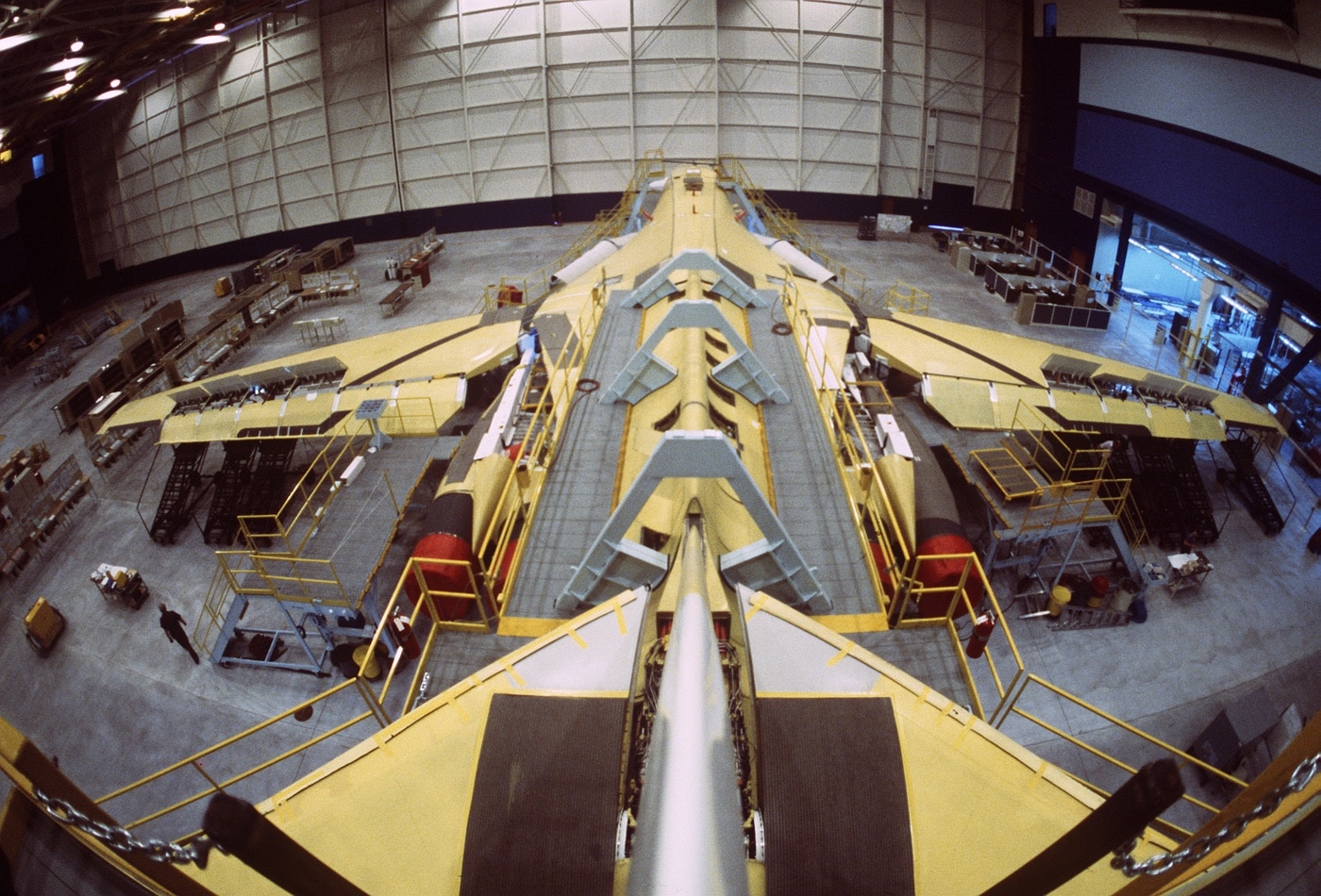
The B-1A did what it was supposed to do, but it was also insanely expensive. With the advent of the AGM-86 cruise missile and with inflation gutting the U.S. economy, the B-1A program was canceled in 1977 during the Carter administration. The B-52 was a time-proven platform, and the B-2 Spirit stealth bomber was looming on the horizon. It seemed that the B-1A was superfluous.
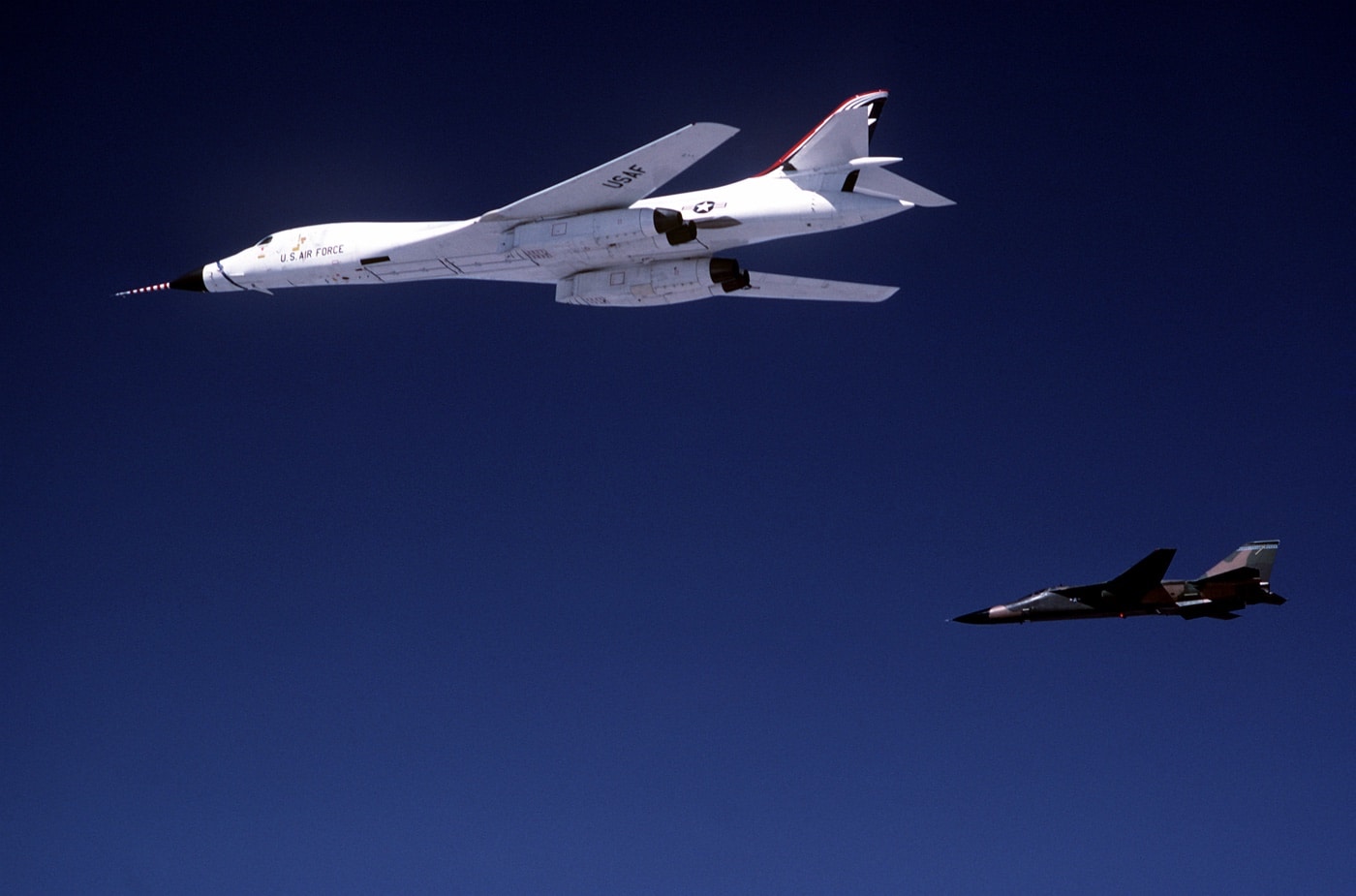
Like all radically advanced military technology, the stealth tech driving the B-2 proceeded by fits and starts. In the early 1980’s, Ronald Reagan wisely decided to spend the Warsaw Pact into submission. With the B-2 seeming to be farther and farther away, the Air Force resurrected the Lancer as the B-1B. This redesigned monster turned out to be a simply magnificent bomb truck.
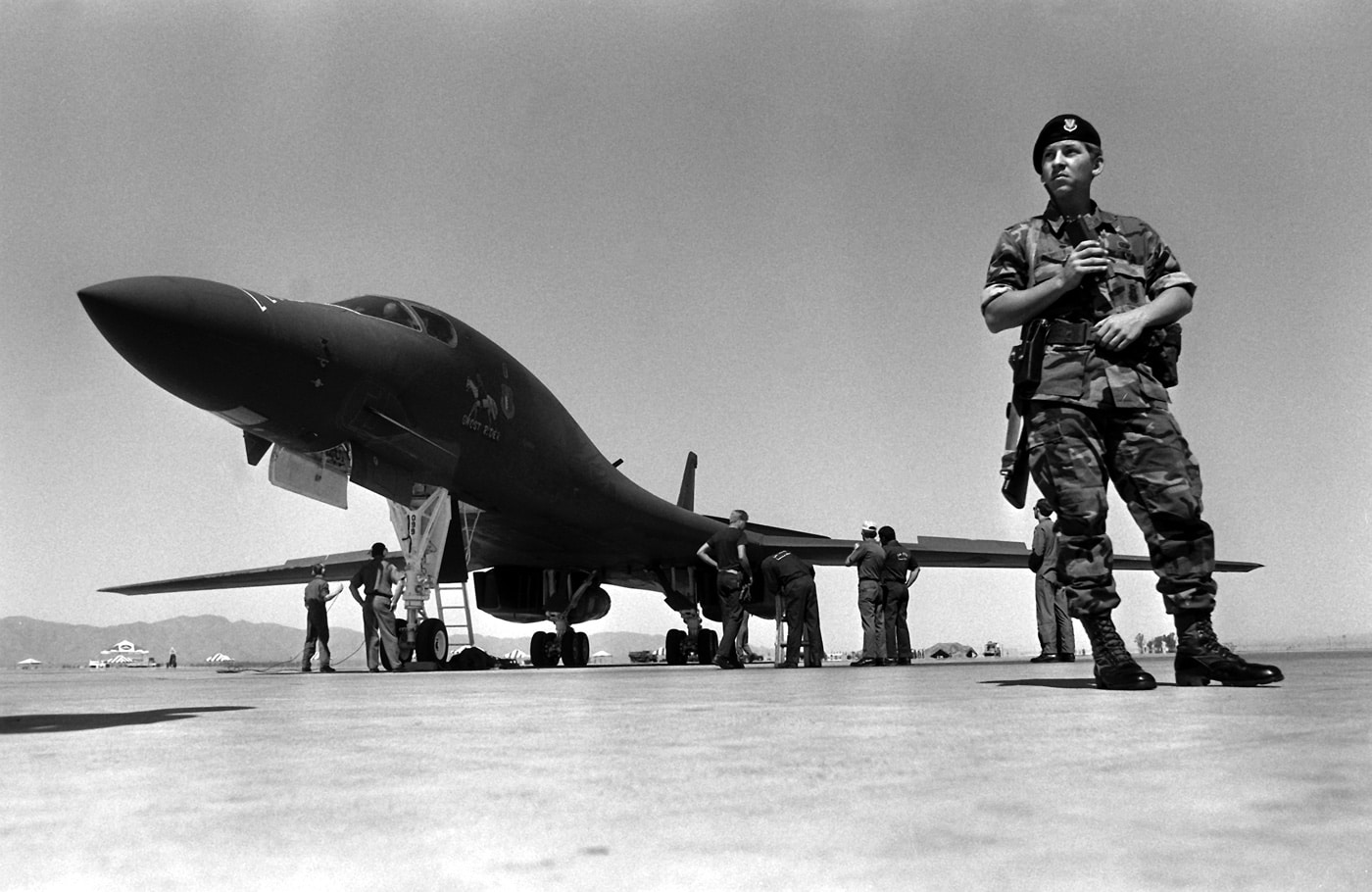
The new B-1B was markedly slower than its predecessor, with a top speed of around Mach 1.25 at altitude. The redesigned airframe was optimized for low-level penetration missions and upgraded to carry more fuel and weapons. With a bomb payload of 75,000 pounds, the B-1B actually packed more raw firepower than either the B-52 or the B-2 stealth bomber. An even 100 of the big bombers were delivered by 1988.
Changing Times
The B-1B’s maximum takeoff weight is a whopping 477,000 pounds. The plane’s blended wing body airframe is both graceful and menacing. Serpentine air intakes and fixed intake ramps decrease the plane’s radar cross-section at the expense of speed. Vanes incorporated into the B-1B intake ducts deflect radar returns from the massive engine compressor blades.
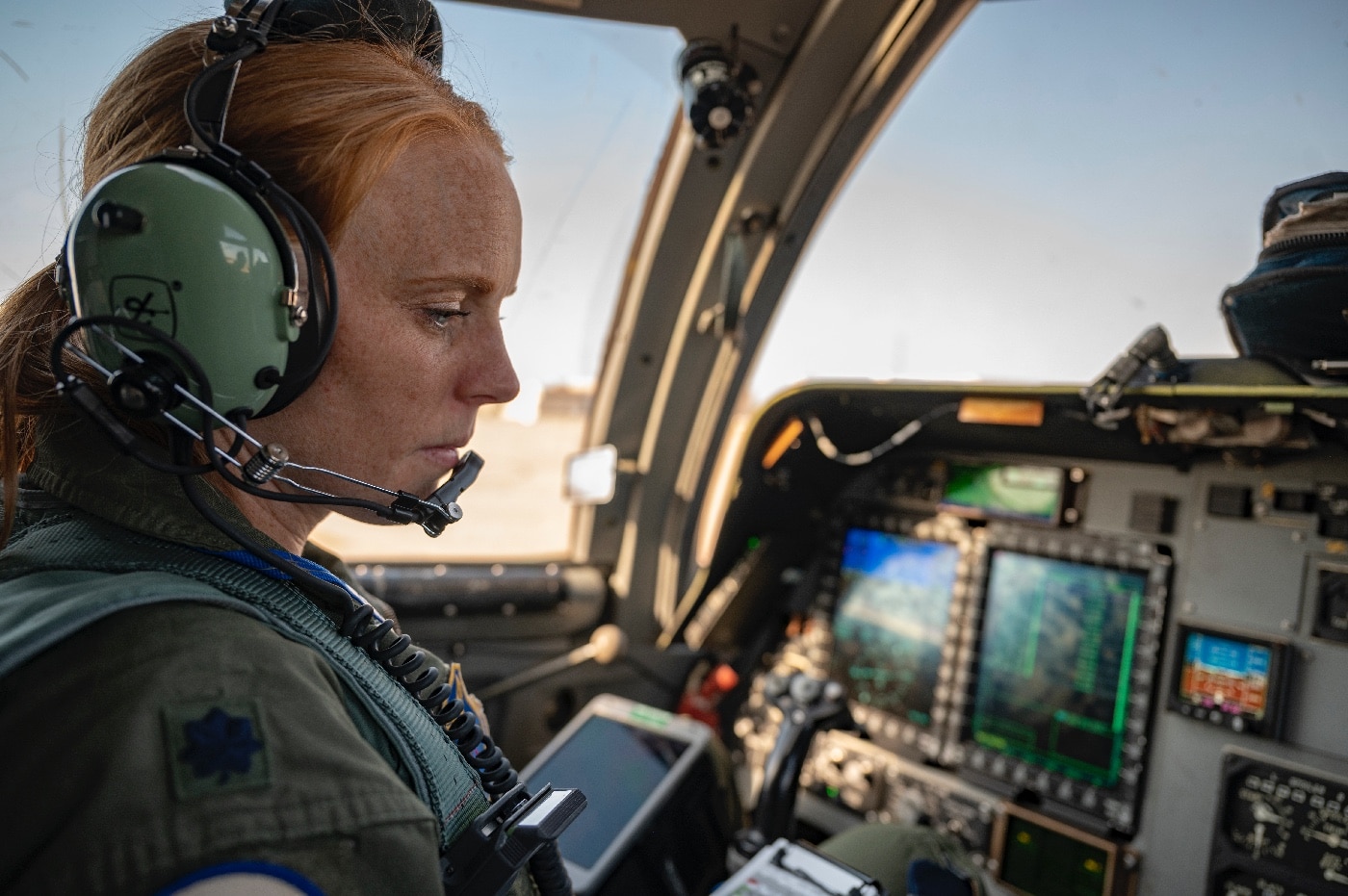
The end result is an airplane that is much stealthier than was its predecessor. The B-1B’s radar cross section is roughly one-fiftieth that of the B-52. That makes the Bone the equivalent on radar to a single-seat fighter plane.
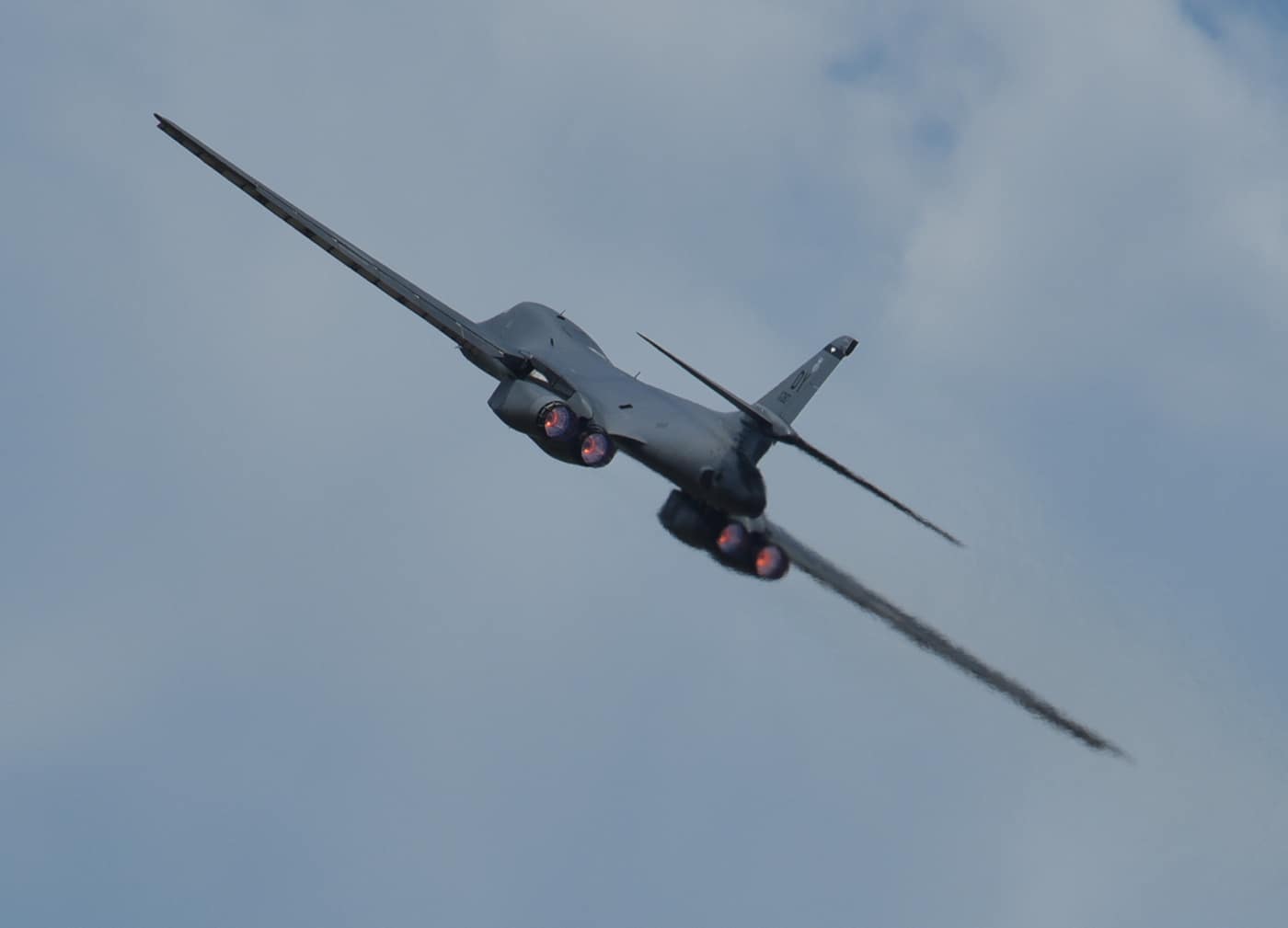
The basic GE F101-102 engines used in the B-1B are well-proven. This same basic powerplant core drove the F-14 Tomcat as well as later versions of the F-16. This engine also served as the foundation for the non-afterburning GE F118 used on the B-2 Spirit.
The B-1B has been continuously upgraded since its introduction. Eventually, the Bone was retired from its strategic nuclear responsibilities and devoted solely to conventional ground attack. The wiring harnesses, fusing and support structure required to manage nuclear weapons were all removed under the observation of the Russians as part of strategic arms limitation agreements. As a result, the latest versions of the B-1B can carry lots and lots of conventional guided bombs.
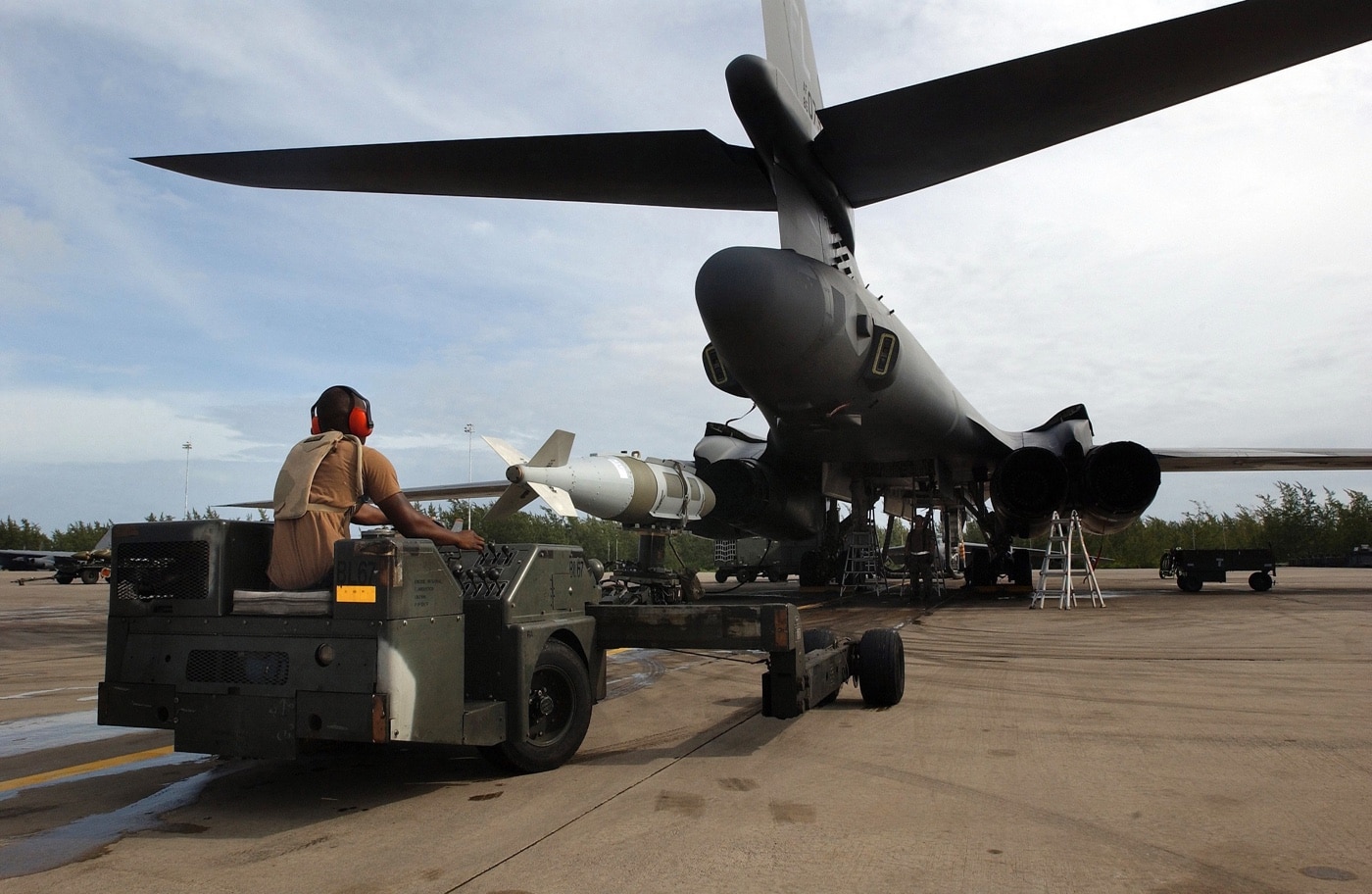
The latest upgrades will also allow the B-1B to carry as many as 31 AGM-183 ARRW hypersonic missiles. By combining both internal stores and external hardpoints, the B-1B remains the world’s premiere high-volume munitions dispenser. The airplane’s breathtaking range that was originally supposed to allow it to punch deep into defended Soviet airspace equates out to inimitable loiter times for troops in contact.
Combat Stats
The numbers tell an amazing story. In the first six months of Operation Enduring Freedom, eight dedicated B-1B bombers dropped 40% of the aerial ordnance delivered throughout the theater. That included an extraordinary 3,900 JDAM bombs. Despite such a grueling op-tempo, the Bone maintained a 79% mission capable rate.
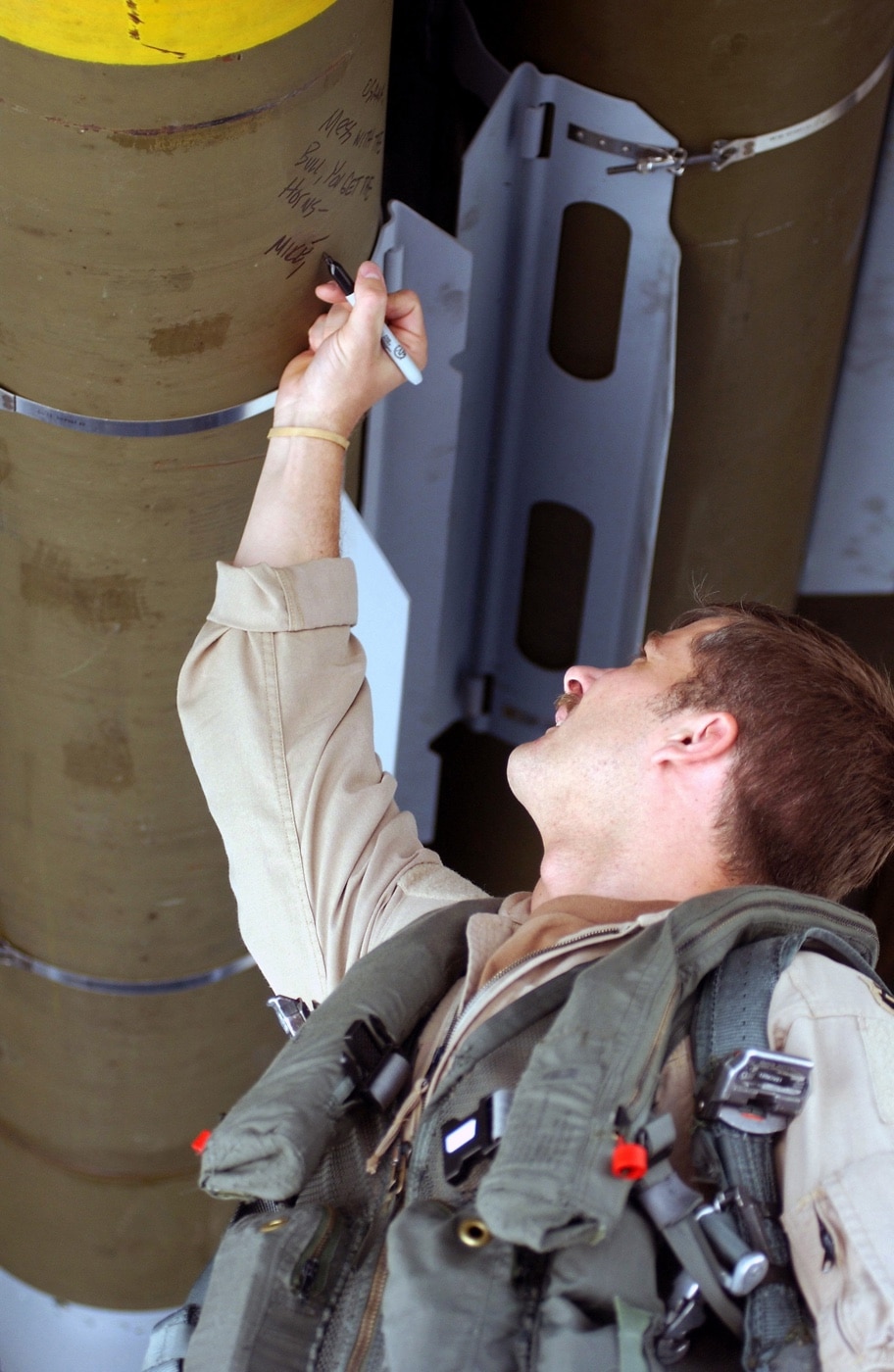
Incorporation of the Common Strategic Rotary Launcher allows the B-1B to carry 48 JDAMs. If you’re not overly particular about collateral damage, the Bone will pack 84 Mk 62 500-pound dumb bombs or 24 of the Mk84 2,000-pound sort. I have actually seen a B-1B drop a full load of 84 Mk62 gravity bombs in sequence. Trust me, that’s enough to make a guy get religion.
Ruminations
I have a buddy who flew B-1Bs operationally. When I asked him to describe the experience, he used the term “raw power.” I also have friends who found themselves in desperate need of a little close air support when operating downrange in Afghanistan. Having that enormous plane burning lazy circles in the sky for hours on end with four dozen guided JDAMs on tap will make you proud to be an American.
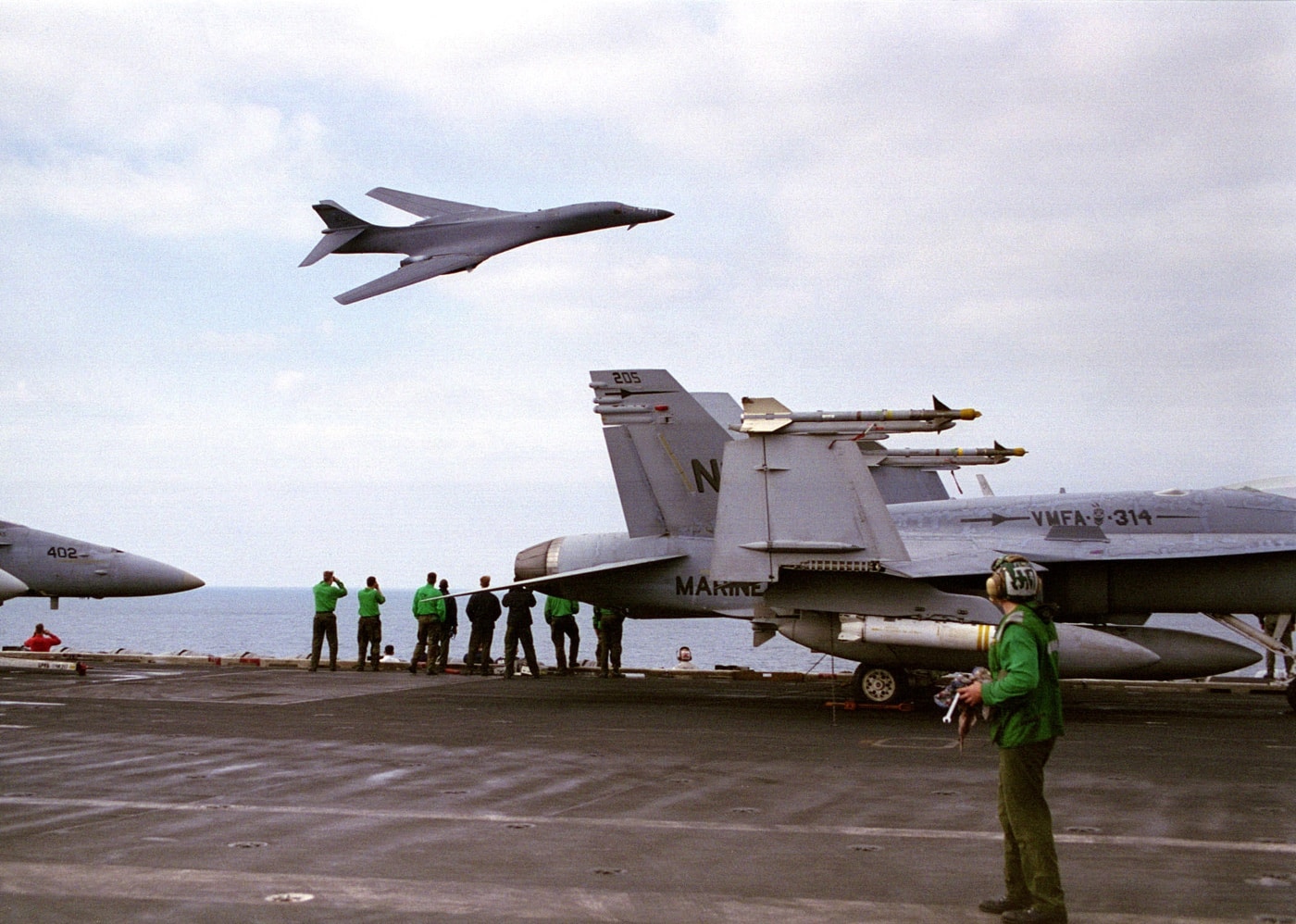
Of the original 100 operational B-1B bombers, seven were lost to accidents. In 2001, one-third of the fleet was placed in storage to free up money to upgrade the remaining planes. Since then, seven of those retired planes have been pulled out, dusted off, and reactivated. The current operational fleet consists of 67 aircraft. Current USAF plans are to keep the old Bone going through 2038. The B-1B currently costs $63,000 per flight hour to operate. Compare that with $72,000 for the B-52 and $135,000 for the B-2 Spirit.
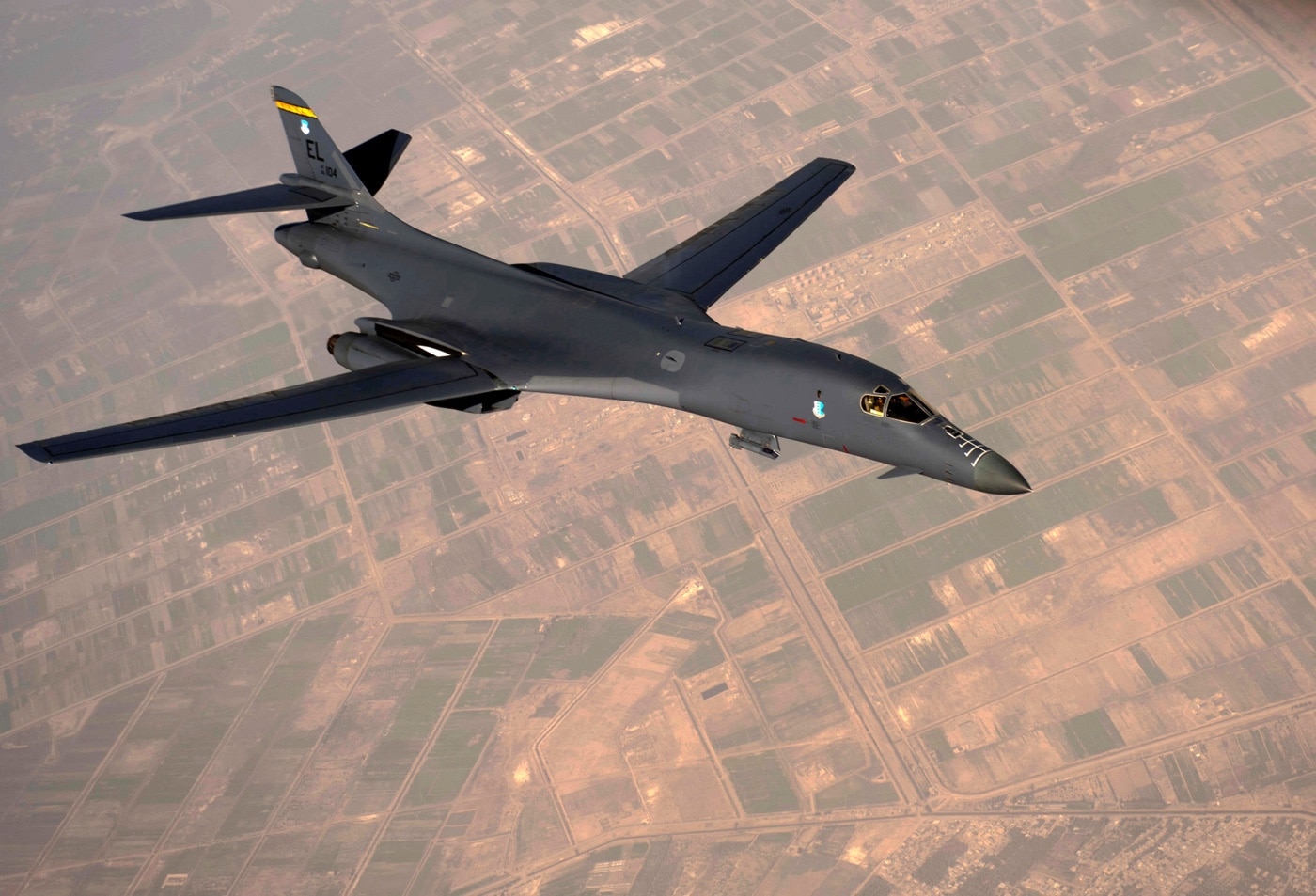
The Bone represents the creative application of some fairly antiquated tactical dogma. What began as a strategic nuclear bomber eventually evolved into a beloved close air support aircraft. Despite the B-1B’s size and expense, it has been a serious combat multiplier on the battlefield.
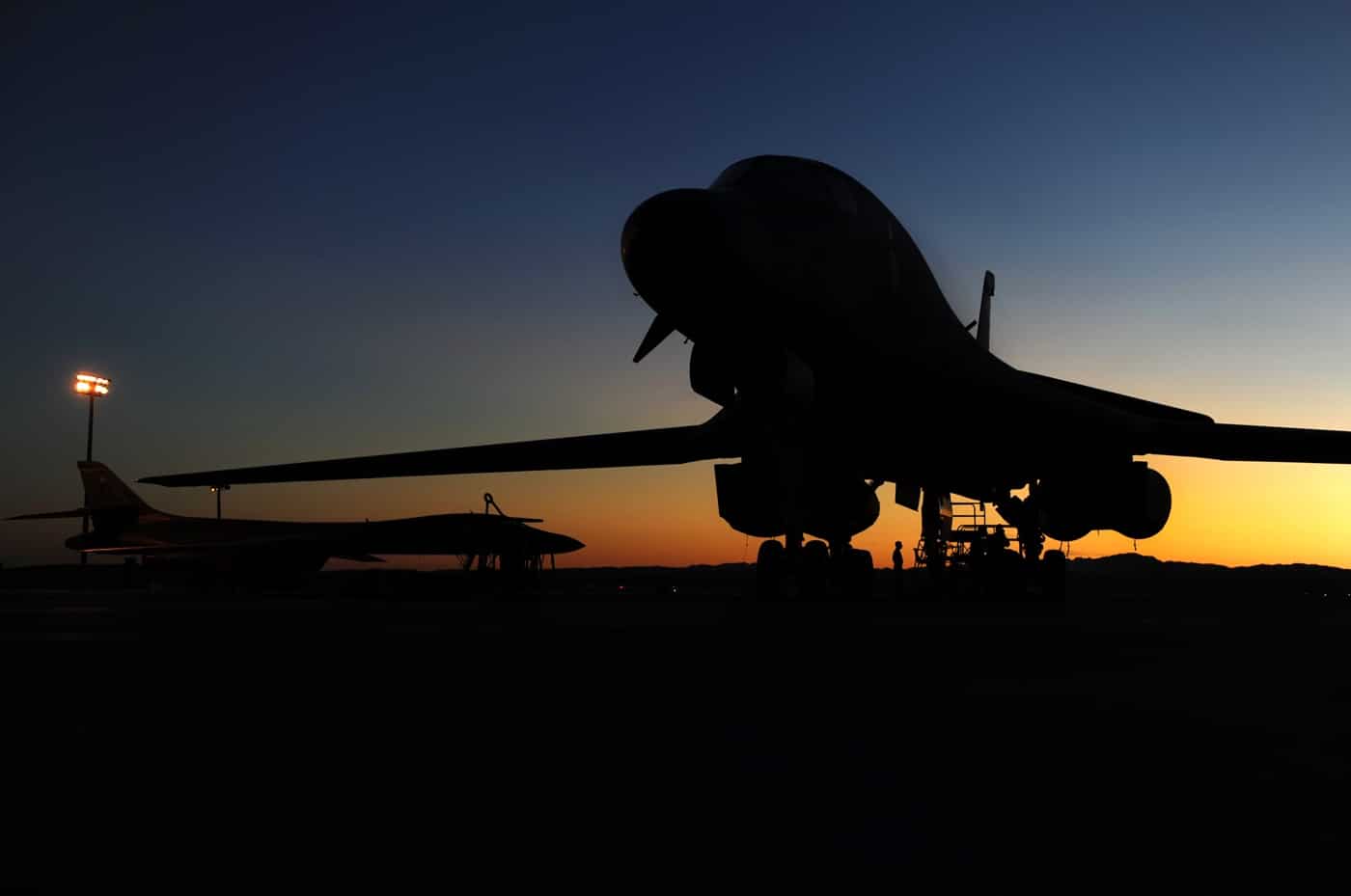
In 2014 while engaged against the Islamic State in Syria, B-1B’s in theater delivered 3,800 individual munitions to include some 2,000 JDAMs. For a total of 31 times during their six-month deployment, B-1B’s from the 9th Bomb Squadron returned to base after going “Winchester” — expending all of their ordnance against hostile targets. That’s the reason Uncle Sam invests in these breathtakingly expensive machines in the first place.
Editor’s Note: Please be sure to check out The Armory Life Forum, where you can comment about our daily articles, as well as just talk guns and gear. Click the “Go To Forum Thread” link below to jump in!
Join the Discussion
Continue Reading
Did you enjoy this article?

 454
454






